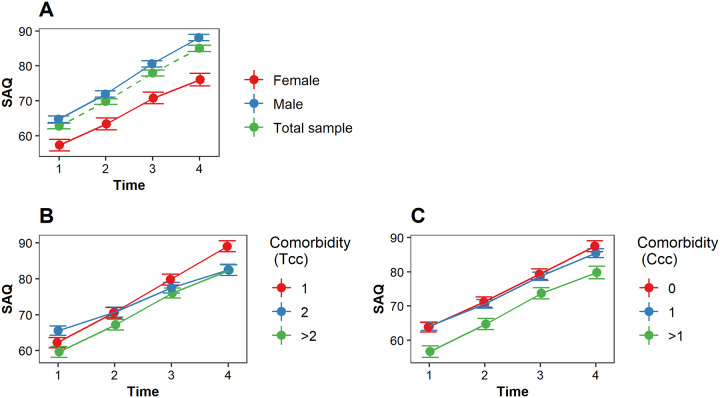Fig 4. The estimated SAQ (disease-specific HRQoL) score over time.
A higher SAQ score indicates a better disease-specific HRQoL (e.g., less physical limitations, less angina symptoms, and better quality of life). (A) The estimated SAQ (disease-specific HRQoL) score over time for female patients (red), male patients (blue) and the total sample (green). (B) The impact of comorbidity burden (total comorbidity conditions) on SAQ over time; (C) The impact of comorbidity burden (Charlson comorbidity categories) on SAQ over time. Tcc indicates the total comorbidity conditions; Ccc indicates the Charlson comorbidity categories. A higher Tcc and Ccc indicates a higher comorbidity burden.

